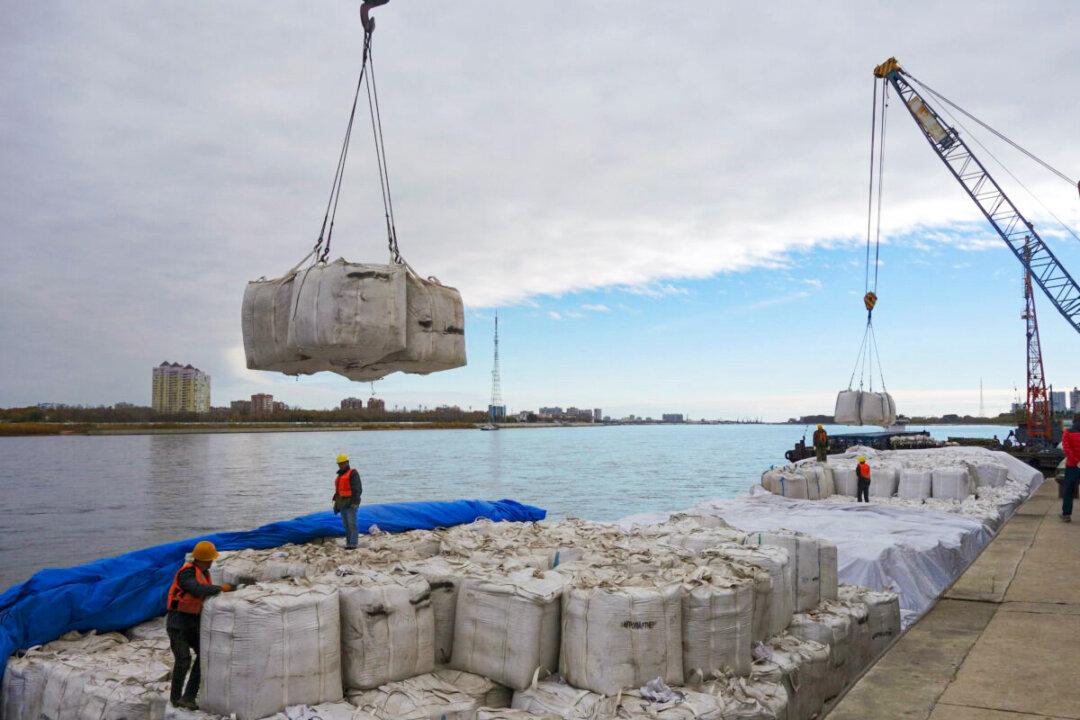News Analysis
China and Russia are drawing closer and rapidly. That was happening even before the West imposed sanctions on Russia over the invasion of Ukraine.

China and Russia are drawing closer and rapidly. That was happening even before the West imposed sanctions on Russia over the invasion of Ukraine.